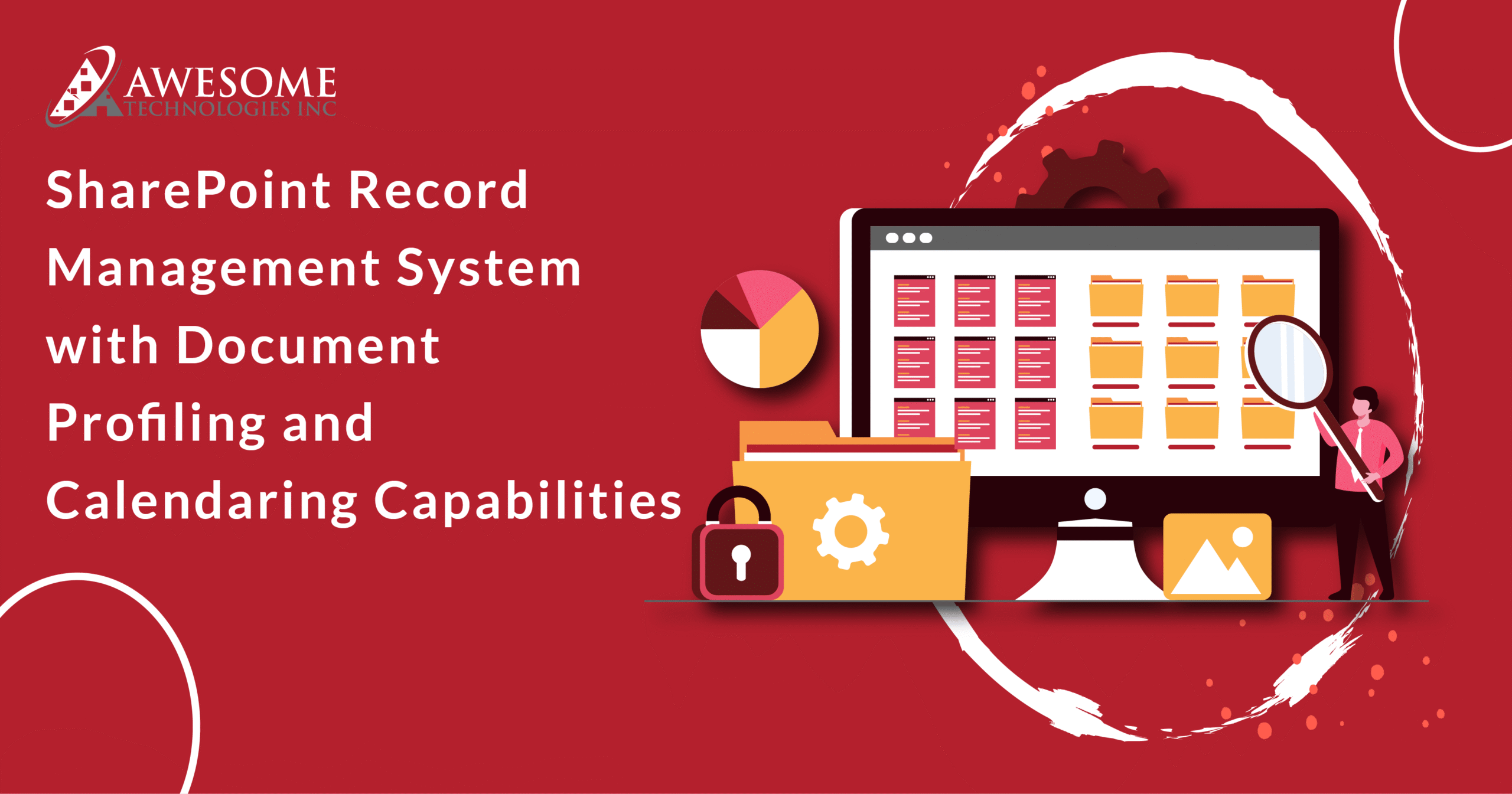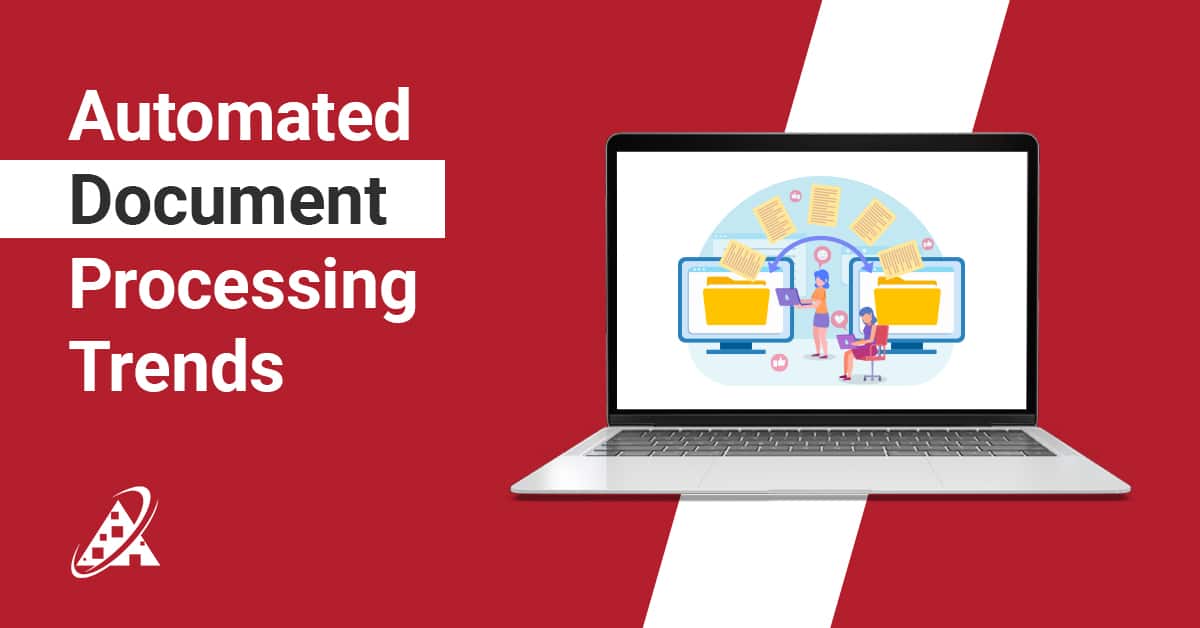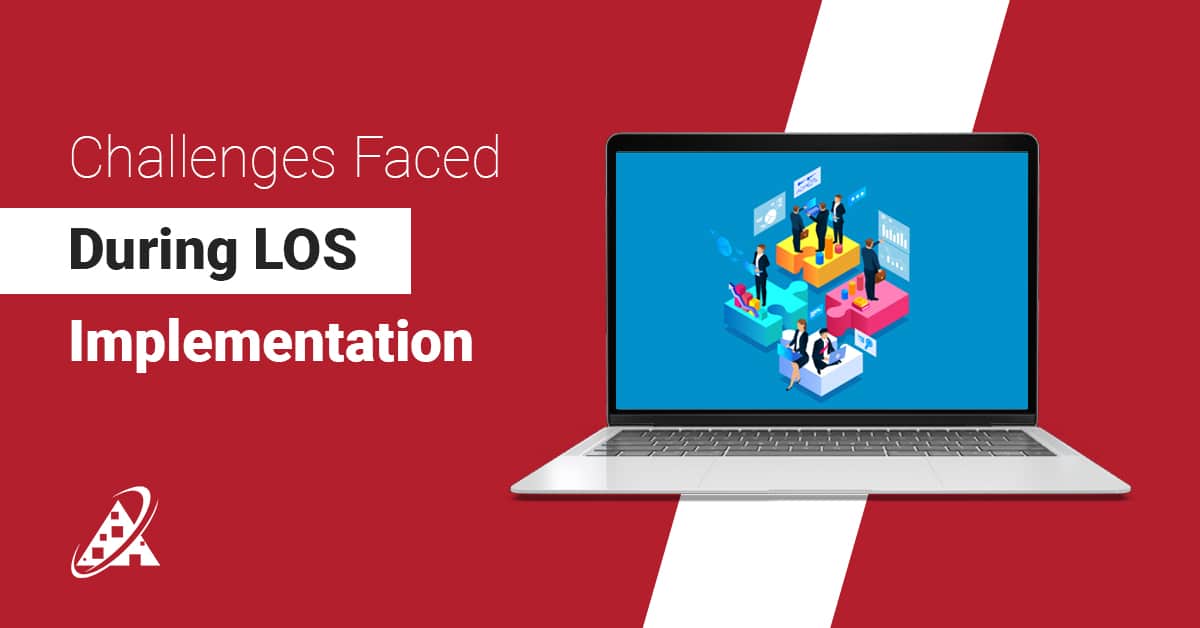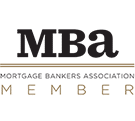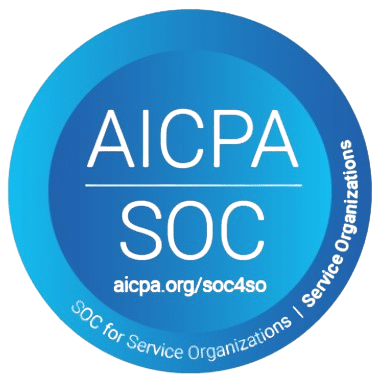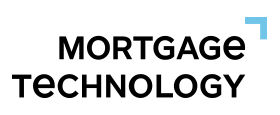Case Study
About the Client
The Client operates as a California-based law firm that runs multiple offices in the United States along with Asia and Europe while managing substantial legal document quantities each day. The OCR system and dedicated repository existed separately from a unified platform which resulted in the inability to achieve automation. The Client needed a specially designed SharePoint Record Management System for legal operations as part of their goal to optimize efficiency while decreasing manual labor.
Key Operational Bottleneck
Managing intricate legal matters requires teams to handle multiple thousands of supporting files including contracts and notes along with evidence and correspondence documents. Under the Client’s existing workflow they depended on manual document management while using OCR and storage systems that did not provide a unified solution. The inefficient document management system resulted in diminished employee performance and enhanced the chances of errors affecting document retrieval and maintaining compliance. The Client embraced a digital transformation project by teaming up with Awesome Technologies due to urgent needs. SharePoint-based records management system proved to be the solution because it delivers a secure scalable automated system specific to legal record needs.
Strategic Implementation Approach
The detailed analysis of the Client’s records lifecycle and operation weaknesses led Awesome Technologies to develop a reliable SharePoint-based records management system for legal document management. The tailored solution enabled legal teams to:
- The system should accelerate existing processes for the management of large case file volumes.
- Generate comprehensive, metadata-rich document profiles
- Gain comprehensive view of essential case appointment dates including court hearings with filings.
To ensure complete transparency and alignment process required ATI business analysts to develop an end-to-end solution blueprint with functional documentation and interactive prototypes. The team gained approval from stakeholders so experts in SharePoint architecture and development began work on implementing the system. The Client made an excellent choice to hire SharePoint developers from Awesome Technologies because this decision enabled precise integration and bespoke alterations that matched both regulatory standards and operational requirements.
How the System Operates
The organization uses a newly deployed SharePoint-based records management system as a digital framework that executes automatic legal document managing processes. The combination of OCR with the firm’s current system automatically transforms scanned documents into PDF format before the SharePoint Record Management System receives them without human involvement.
The system interface consists of three straightforward panes which optimize document handling workflow.
Queue Pane– Documents in waiting undergo profiling through the Queue pane which shows a structured order of incoming documents.
Preview Pane – Users benefit from Preview Pane by enabling them to quickly view document contents before processing begins.
Profile Pane – The Profile Pane helps users do profile-specific metadata tagging and classification as well as apply context-based profiling.
A vital capability of this solution is its calendaring mechanism that allows users to connect legal documents to critical time-sensitive dates including court hearings along with filings and case follow-ups. Lawyers can rely on this tool for daily work tasks while the system monitors all essential deadlines for legal purposes.
Users can access enhanced governance functions and document integrity through a multi-tier user role structure based on their responsibilities.
Team Member – Team members possess the capability to check documents then add profiles before forwarding items to higher-ups for review while also seeing event statuses through calendaring.
Calendaring Team Member –Members gain access to the core Team Member permissions and can additionally create and schedule calendar appointments.
Supervisor – The supervisor position provides complete control of document management through approval capabilities while maintaining visibility across all calendar activity and audit logs for full compliance monitoring. This position tracks every user interaction for transparency needs.
Through this strict access policy all legal records stay unchangeable after profiling since supervisors need to explicitly approve any modifications.
After the profiling and calendaring steps are finished the system transfers documents securely to a designated SharePoint storage where everything remains accessible with full traceability and integrity intact. The Client’s decision to hire SharePoint developer talent from Awesome Technologies was pivotal in crafting a solution that seamlessly merges automation with compliance-driven recordkeeping.
Business Impact & Future Outlook
The Client obtained a powerful SharePoint Record Management System including advanced document profiling along with calendaring capabilities after its deployment was successful. The solution served as a customized tool which allowed legal experts to handle large documentation volumes rapidly while keeping their daily procedures both exact and well-controlled.
The SharePoint-based records management system upgraded team performance through automated routine operations yet it decreased the probability of legal deadline delays.
The system’s capability to scale and flexibility motivated the client to roll out SharePoint within more business operations. The firm plans to hire SharePoint developer specialists as they advance their digital transformation strategy using SharePoint as their main platform. And further planning the expansion of their SharePoint ecosystem for handling more business operations which will turn SharePoint into their fundamental digital structure.
Tech Stack & Development Framework
The design of a secure and scalable and high-performing legal records platform at Awesome Technologies involved using a precisely chosen combination of technologies and development tools:
Microsoft SharePoint 2013 – The core platform of Microsoft SharePoint 2013 acts as the foundation of the SharePoint Record Management System which provides central control and workflow automation capabilities and document handling for compliance
ABBYY Recognition Server – Recognition Server from ABBYY provides the OCR power to convert scanned documents into searchable digital formats with structured content.
C# – Utilized for building custom logic and server-side integrations within the SharePoint environment
JavaScript & CSS – JavaScript together with CSS elements served to build a front-end interface that adapted to legal team requirements for usability.
iTextSharp – The system leverages iTextSharp Integrated for implementing automated PDF tasks that produce stamped documents, file merges, and digitally secured final case files.
A solid technological framework enabled engineers to build a forward-thinking SharePoint based records management system which delivered high performance and governance capabilities and scalability support for global legal operations at the Client organization

